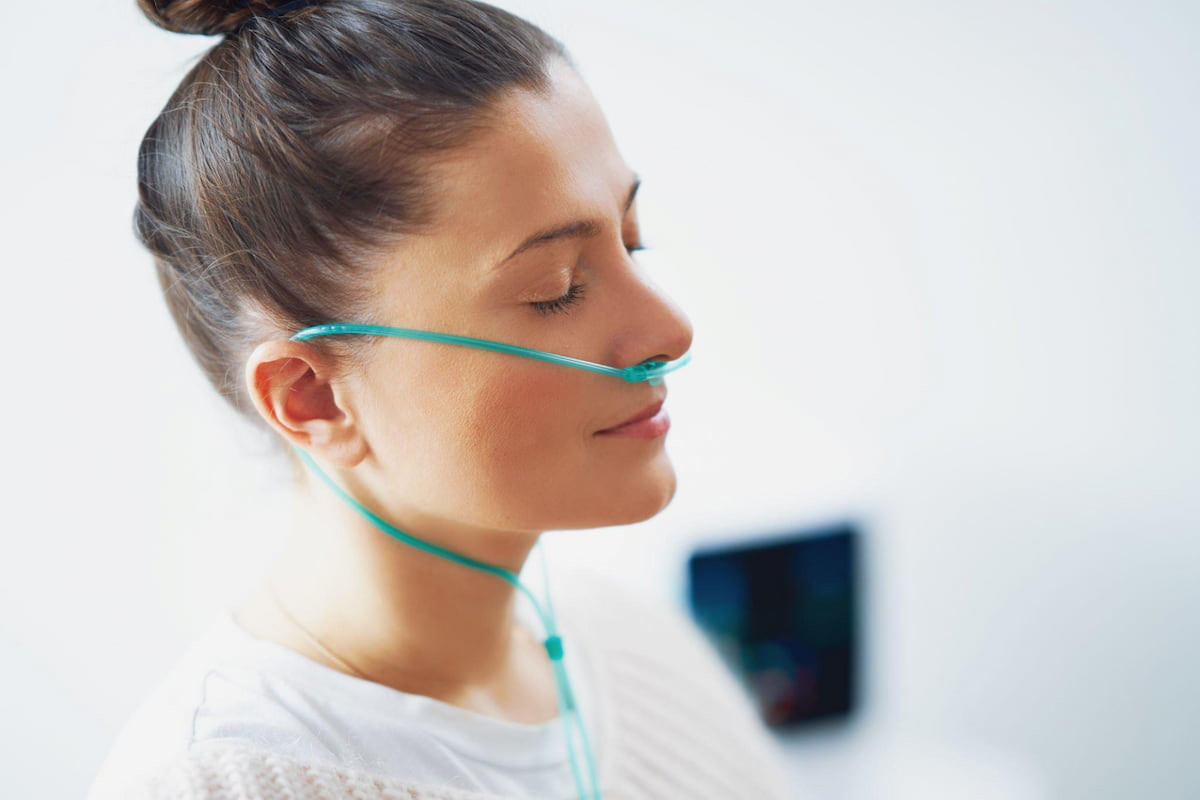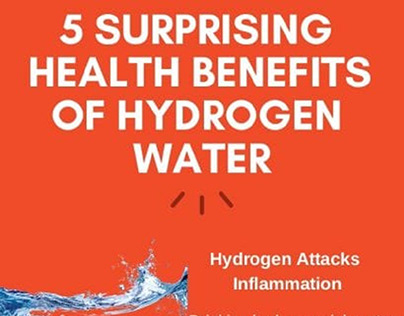
According to the Centers for Disease Control and Prevention (CDC), stroke is the leading cause of serious long-term disability in the U.S. Strokes affect almost 800,000 Americans each year, killing more than 140,000. This makes stroke the fifth leading cause of death in the country. Chances are, you or someone you know has been affected by this condition. Fortunately, new studies have found that Hydrogen gas inhalation may help to augment the primary treatment for strokes and significantly improve a stroke sufferer’s recovery and prognosis after care.
For patients who suffer from a stroke, early intervention can literally be the difference between life and death. The sooner treatment comes, the more fully patients are expected to recover. The CDC has found that patients who arrive at a medical facility and begin receiving care within three hours of their first symptoms often have less disability post-stroke than those whose care was delayed.
Stroke treatment varies according to the stroke type and cause. For ischemic stroke, which involves a blockage in the artery that carries blood to the brain, the medical team’s primary goal is to restore blood flow to the brain using clot-busting medications and procedures. A new study, published in the Journal of Stroke and Cerebrovascular Diseases found that the addition of hydrogen gas inhalation to the initial treatment plan significantly increased and improved a patient’s recovery after stroke.
For the study, researchers evaluated 50 stroke patients who were brought to a medical facility within 24 hours from the onset of symptoms. Half of the patients were sorted into a control group and received standard medical treatment while the other half inhaled hydrogen gas for one hour twice daily in addition to the traditional care. Daily observations were recorded on each participant’s vital signs, blood chemistry, physical therapy indices, MRI imaging and NIHSS, or National Institute of Health Stroke Scale, scores over a 2-week period. NIHSS scores offer a standardized tool for diagnosing neurological impairment in stroke patients. These scores evaluate parameters such as vision, facial paralysis, major motor skills, speech, and attention.
Researchers found that the patients who inhaled hydrogen-rich gas in addition to receiving standard medical care had MRI imaging that showed pathological changes that were less severe and more quickly normalized than the participants in the control group. In addition, patients in the H2 group showed significant improvement in NIHSS scores and physical therapy indices over the 2-week study period compared to the control patients. These parameters indicated that the patients in the H2 group were more likely than their counterparts in the control group to return to activities of daily living within 2-weeks after having a stroke.
The study’s authors concluded, “[t]he inhalation of H2 gas was safe and effective in patients with acute cerebral infarction. Thus, H2-gas therapy has a potential for actual application in acute cerebral infarction as a novel and safe therapeutic treatment.”
This study found that the inhalation of H2 gas immediately after a stroke and in addition to standard medical care significantly improved and accelerated a patient’s recovery. That’s good news for the hundreds of thousands of Americans who may be affected by stroke this year.


